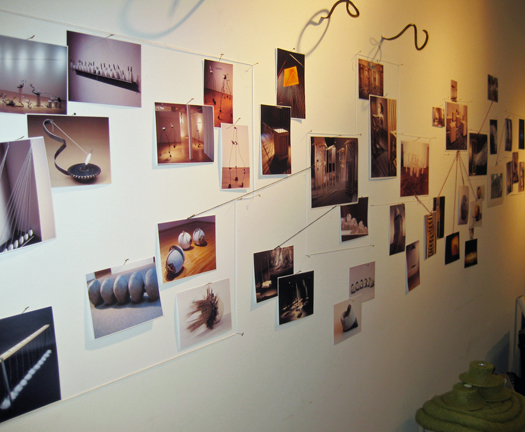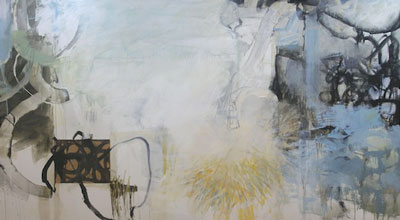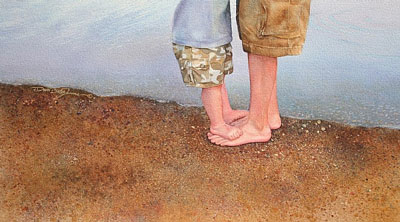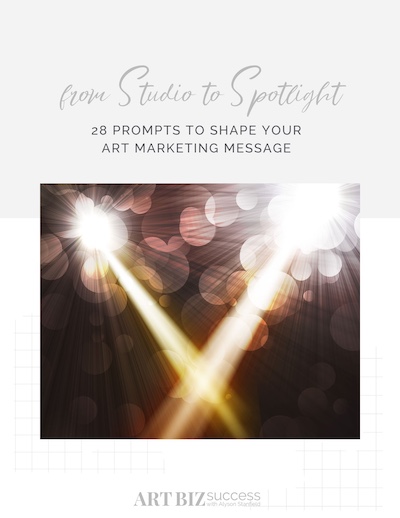Tongue tied? Return to Pictures to Tell Your Story
On a visit to Virginia Folkestad‘s studio, I was taken with the way she documented her career in a visual timeline.
I encourage you to do something similar for your oeuvre.
- Tack color images of your art chronologically to the wall. Add dates if you need them as reminders.
- Use yarn or string to connect ideas and thought processes between earlier and later work.
- Record, in words, why you connected the images.
This will help you visualize your progress and understand how objects and ideas are connected over time.
You will discover common threads that you didn’t previously see, which will help you better tell the story of your work.
Have you tried something like this?
Tongue tied? Return to Pictures to Tell Your Story Read







